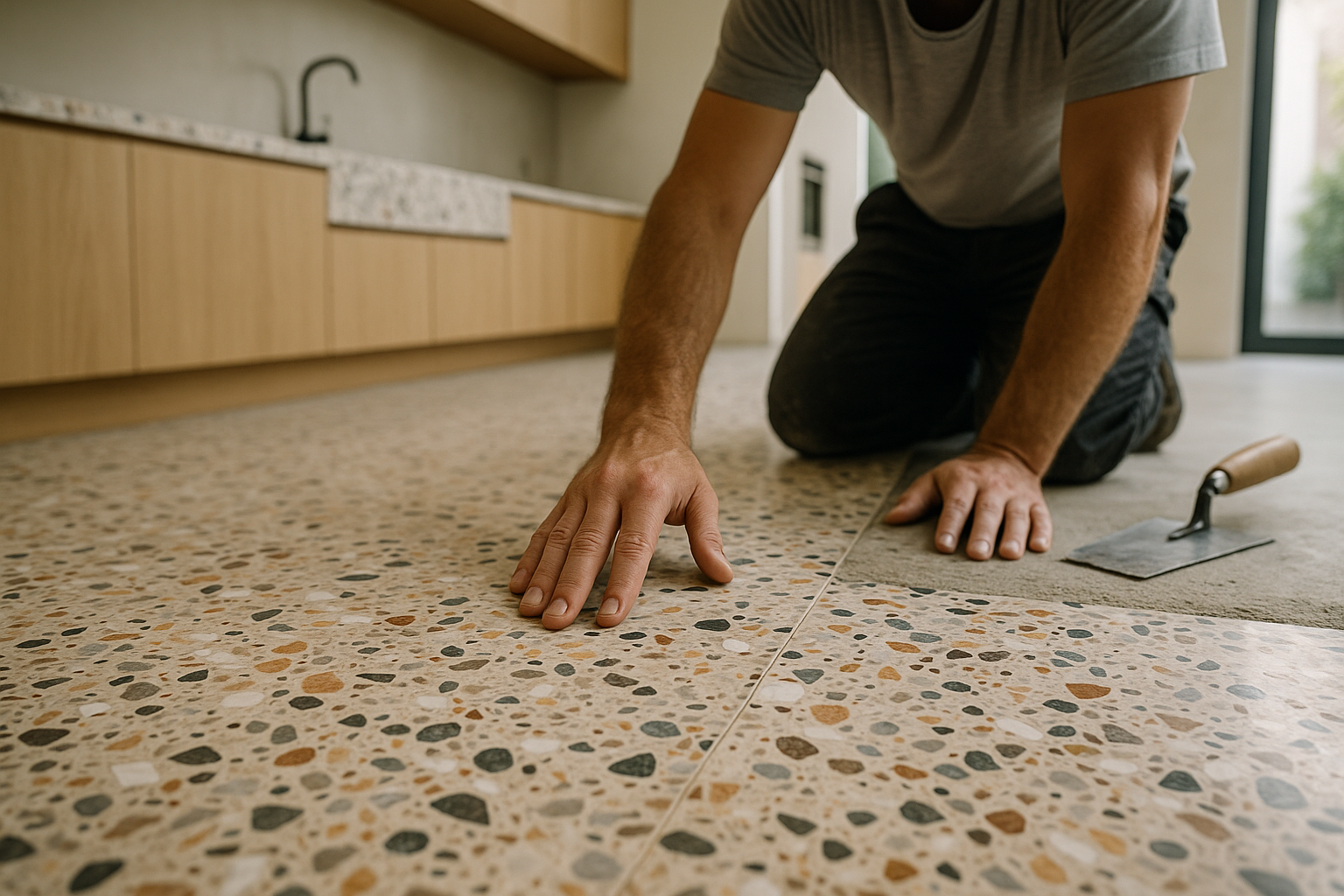What To Know About Epoxy Flooring In 2025 - An Essential Guide
Epoxy flooring has emerged as a popular choice for both residential and commercial applications, offering durability and aesthetic appeal that traditional flooring options often cannot match. As we move through 2025, understanding the key aspects of epoxy flooring becomes increasingly important for property owners considering this versatile flooring solution. From installation processes to design possibilities, epoxy flooring presents unique advantages alongside certain limitations that every potential user should understand.

What is Epoxy Flooring?
Epoxy flooring consists of a two-part system combining epoxy resin and a polyamine hardener. When these components mix, they create a chemical reaction that forms a rigid plastic material. This material bonds exceptionally well to concrete substrates, creating a seamless, durable surface that can withstand heavy traffic and various environmental conditions.
The application process involves multiple steps, including surface preparation, primer application, and the actual epoxy coating. Professional installation typically requires specialized equipment and expertise to ensure proper adhesion and longevity. The flooring system can range from thin coatings to thick build-ups, depending on the intended use and performance requirements.
Pros and Cons of Epoxy Flooring
Epoxy flooring offers numerous advantages that make it attractive for various applications. The material provides exceptional durability, often lasting decades with proper maintenance. Its seamless surface prevents dirt and bacteria accumulation, making it ideal for environments requiring high hygiene standards. Additionally, epoxy floors resist chemicals, stains, and moisture, while offering slip-resistant properties when appropriate additives are included.
However, epoxy flooring also presents certain challenges. Installation requires professional expertise and specific environmental conditions, including controlled temperature and humidity levels. The material can become slippery when wet unless textured additives are incorporated. Additionally, while durable, epoxy can yellow over time when exposed to UV light, and repairs to damaged sections may require complete recoating of affected areas.
Epoxy Flooring Costs in 2025
Understanding the financial investment required for epoxy flooring helps property owners make informed decisions. Cost factors include square footage, surface preparation requirements, coating thickness, and design complexity. Basic epoxy coatings typically range from $3 to $7 per square foot for professional installation, while decorative systems can cost between $7 to $15 per square foot.
Surface preparation significantly impacts total costs, as damaged or heavily stained concrete may require extensive repair work before epoxy application. Additional features such as custom colors, decorative flakes, or metallic finishes increase overall project expenses. Labor costs vary by region and installer expertise, with specialized decorative applications commanding premium pricing.
| Service Type | Cost Range per Sq Ft | Installation Time | Durability Rating |
|---|---|---|---|
| Basic Epoxy Coating | $3 - $7 | 2-3 days | 15-20 years |
| Decorative Flake System | $7 - $12 | 3-4 days | 15-25 years |
| Metallic Epoxy | $10 - $15 | 4-5 days | 20-30 years |
| Industrial Grade | $8 - $20 | 3-7 days | 25-40 years |
Prices, rates, or cost estimates mentioned in this article are based on the latest available information but may change over time. Independent research is advised before making financial decisions.
Epoxy Flooring Designs
Modern epoxy flooring systems offer extensive design possibilities that can transform any space. Solid color applications provide clean, professional appearances suitable for commercial environments, while decorative flake systems add texture and visual interest through colored vinyl or acrylic chips broadcast into the wet epoxy.
Metallic epoxy systems create stunning visual effects through the use of metallic pigments that produce unique patterns resembling natural stone, flowing water, or abstract art. These systems have gained popularity in retail spaces, restaurants, and high-end residential applications. Custom logos, patterns, and colors allow businesses to incorporate branding elements directly into their flooring, creating distinctive environments that reinforce company identity.
Installation Considerations for 2025
Proper installation remains critical for epoxy flooring success, with several factors requiring careful attention. Surface preparation involves cleaning, repairing cracks, and often mechanical grinding to ensure optimal adhesion. Moisture testing becomes essential, as excessive concrete moisture can cause adhesion failure and coating delamination.
Environmental conditions during installation significantly impact results, with temperature and humidity levels requiring strict control throughout the application process. Most epoxy systems perform optimally when applied at temperatures between 60-85°F with relative humidity below 85%. Professional installers use specialized equipment to monitor these conditions and adjust application techniques accordingly.
Epoxy flooring continues to evolve as a practical and attractive flooring solution for various applications in 2025. While initial costs may exceed traditional flooring options, the long-term durability and low maintenance requirements often justify the investment. Property owners considering epoxy flooring should evaluate their specific needs, budget constraints, and aesthetic preferences while consulting with qualified professionals to ensure optimal results. Understanding these fundamental aspects enables informed decision-making and successful project outcomes.




